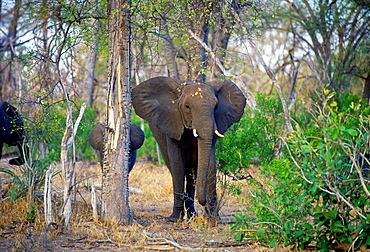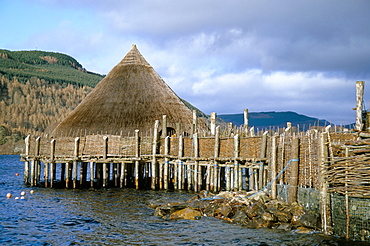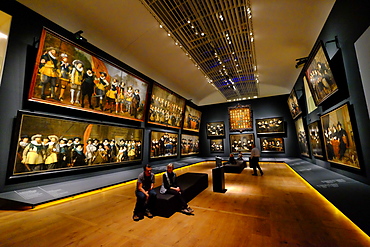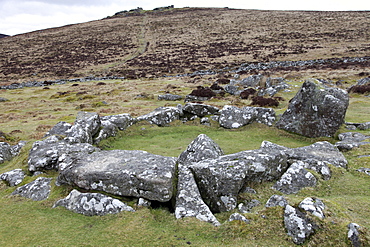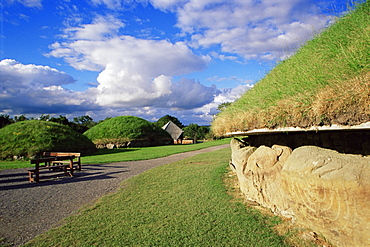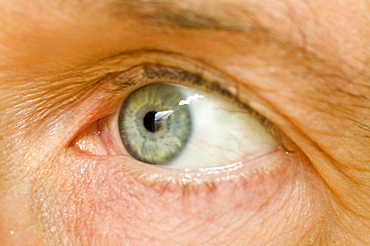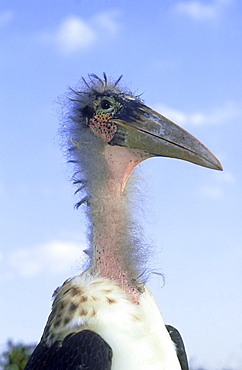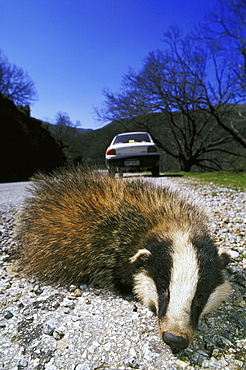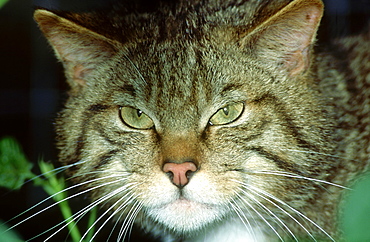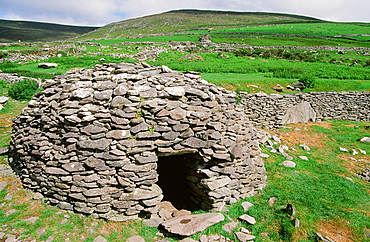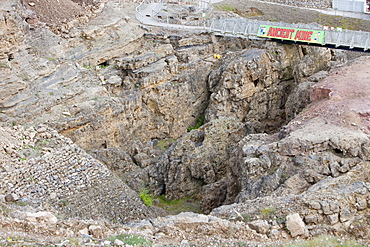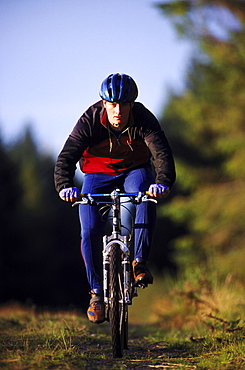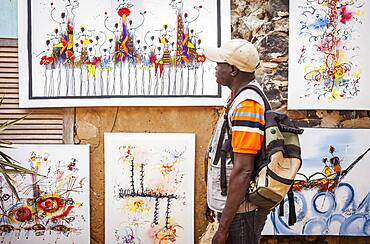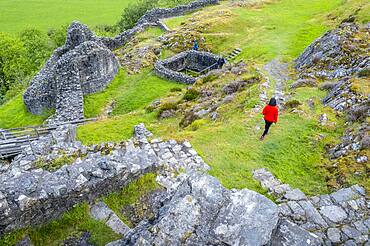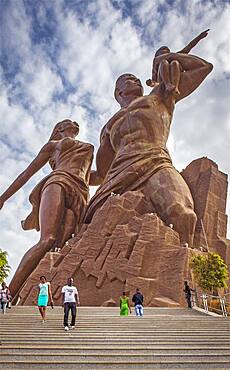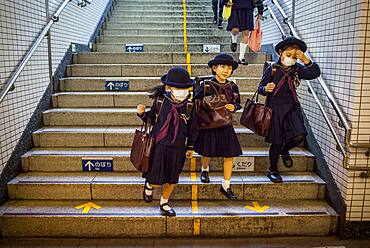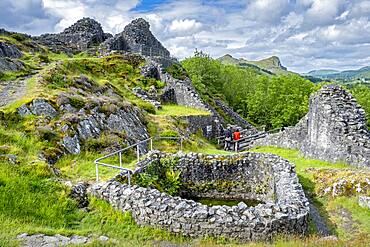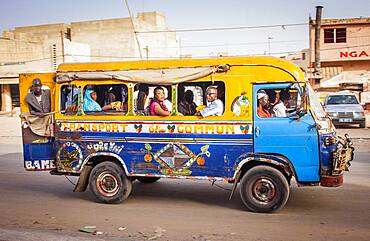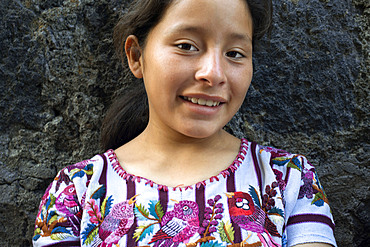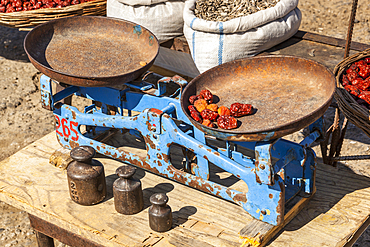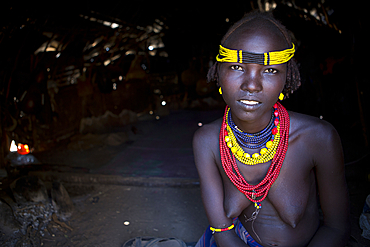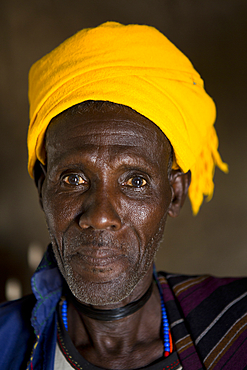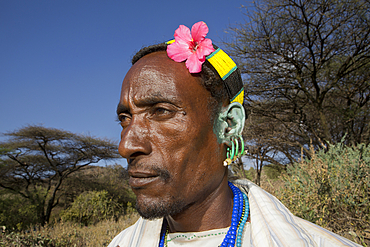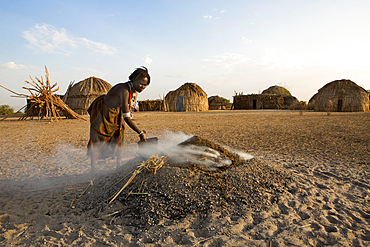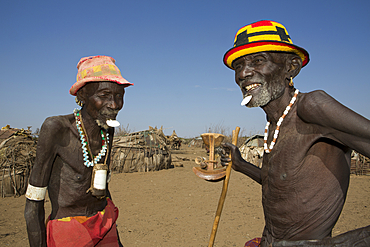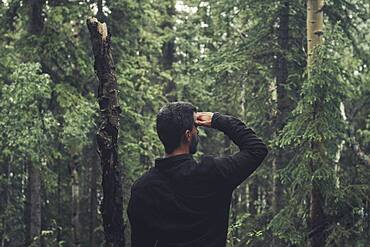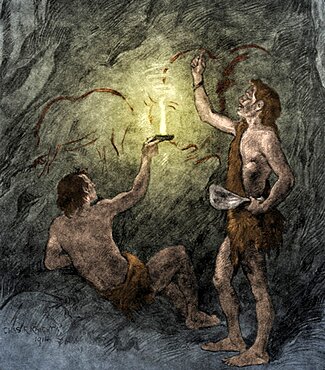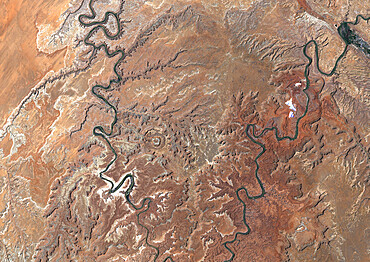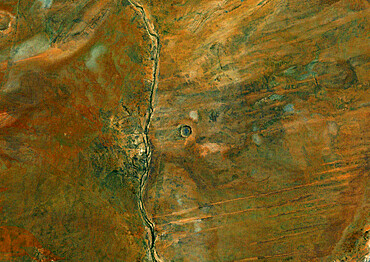Results
« Previous 1 2 3
201 results found
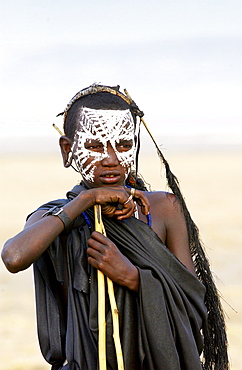
Young recently circumcised Masai Warrior (moran) with traditional face paint after 'coming of age' in the Serengei Plains, Tanzania

Viking age replica ship and Viking Ship Hall, Viking Ship Museum, Roskilde, Zealand, Denmark, Scandinavia, Europe

Twyfelfontein rock engravings (petroglyphs), dating from the Late Stone Age between 6000 and 2000 years, UNESCO World Heritage Site, Kunene region, Namibia, Africa
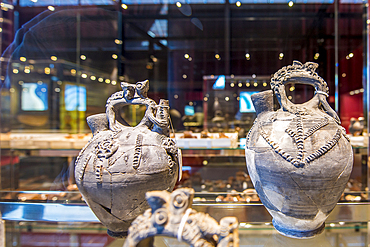
Artifacts at the El Born Cultural and Memorial Centre archaeological site and museum, Barcelona, Catalonia, Spain, Europe
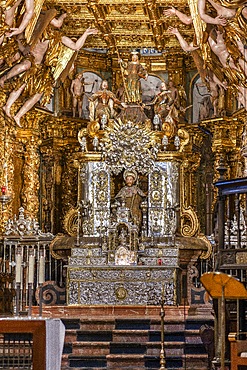
Cathedral of Santiago de Compostela (Cathedral of Saint James of Compostela), UNESCO, Santiago de Compostela, Galicia, Spain

Castell Henllys Iron Age village in the autumn, constructed by the Pembrokeshire Coast National Park, Pembrokeshire, Wales, United Kingdom, Europe

Mammoth skeleton from the Pleistocene Ice Age at the Nevada State Museum, Carson City, Nevada, United States of America, North America
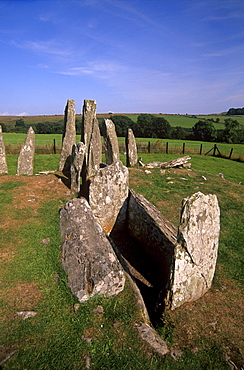
Cairnholy I Chambered cairn dating from the Neolithic and Bronze age, near Creetown, Dumfries and Galloway, Scotland, United Kingdom, Europe

Pedestrians and traffic on Shanghai Old Street, remnant of a bygone age, Fuxing, Shanghai, China, Asia
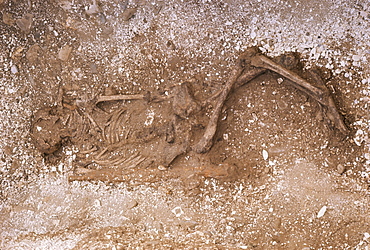
Remains of an Iron Age woman, excavated in 1976 near Rudston, East Yorkshire, Yorkshire, England, United Kingdom, Europe
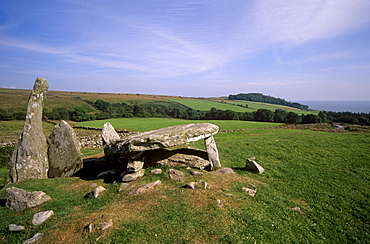
Cairnholy II Chambered cairn dating from the Neolithic Bronze age, near Creetown, Galloway, Dumfries and Galloway, Scotland, United Kingdom, Europe
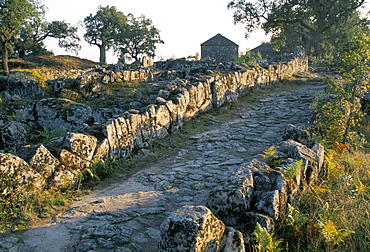
Citania de Briteiros, a Celtic iron age settlement dating from approximately 300 BC, with foundations of 150 round huts and paved streets, near Braga, Minho, Portugal, Europe
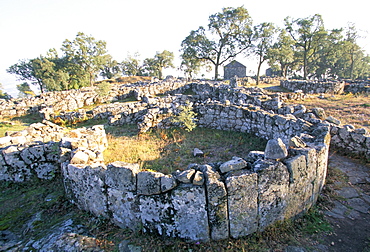
Citania de Briteiros, a Celtic iron age settlement dating from approximately 300 BC, with foundations of 150 round huts and paved streets, near Braga, Minho, Portugal, Europe
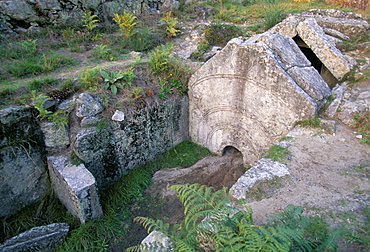
Citania de Briteiros, a Celtic iron age settlement dating from approximately 300 BC, with foundations of 150 huts, funerary chamber with carved doorway, near Braga, Minho, Portugal, Europe
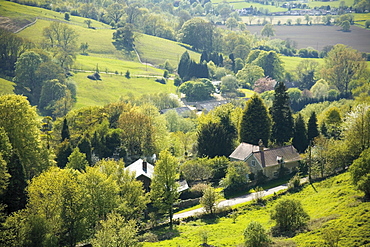
View from Crickley Hill Country Park near Gloucester and Cheltenham, site of Neolithic Iron Age Hillfort, Gloucestershire, England, United Kingdom, Europe

View from Crickley Hill Country Park near Gloucester and Cheltenham, site of Neolithic Iron Age Hillfort, Gloucestershire, England, United Kingdom, Europe
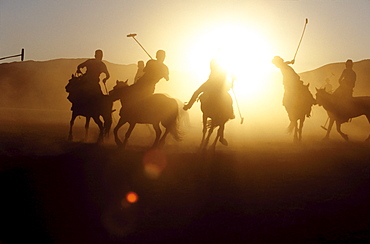
In the 13th century, the golden age of the mongol empire, a sport resembling polo became a training game for the mongolian cavalry throughout high asia. horsemen learned to bend low at speed, like acrobats to finish off fallen enemies with sabres, looting their prey on the ground by scooping up jewels that caught their eye. there are stories, too, of genghis khan knocking about an enemys head as if it were a ball. orkhon valley, central mongolia
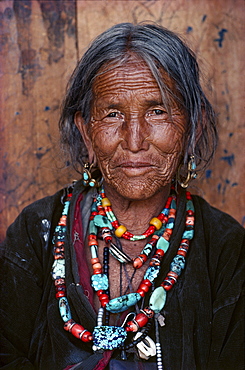
Torpu eppi. Every line in work-worn face tells a story. In mountains, is a sign of wisdom in of survival. Torpu eppi wears heirloom necklaces of coral, amber, turquoise, acquired on trading trips to tibet humla, north-west nepal
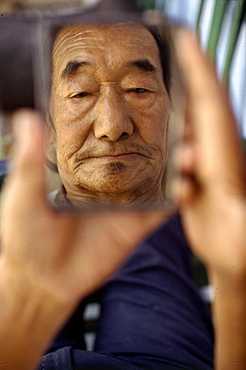
Reflection. Tibetan peoples home, rajpur, india. India. I remember this body when it a childs as it gradually took form of a youth. very limb is twisted worn. It is my body, it delights even my eyes.,seventh dalai lama, meditations on ways of impermanence. tradition regards meditation on death impermanence only as a useful technique keeping mind intensely focused. It also sees it as a method unlocking deepest secrets of life
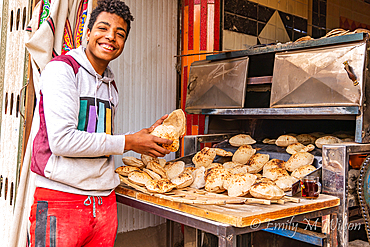
Manshiyat Naser, Garbage City, Cairo, Egypt. February 14, 2022. Young man selling fresh pita bread, known as aish, in Manshiyat Naser, Garbage City, Cairo.

A giraffe with dark marks indicating older age and one young giraffe in the Murchison Falls National Park, Uganda, East Africa, Africa
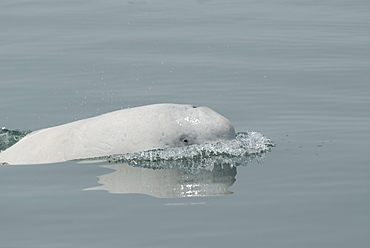
Juvenile Beluga whale (Delphinapterus leucas), an endangered and protected species, lifts its head to take a look at the research vessel. Beluga calves are dark in colour and turn white at seven to nine years of age. St. Lawrence estuary, Canada
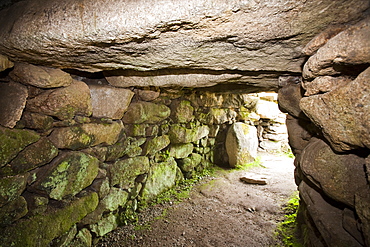
The Fouguo, an ancient underground tunnel found, Carn Euny, a well preserved Iron Age settlement, near Sancreed, Cornwall, England, United Kingdom, Europe
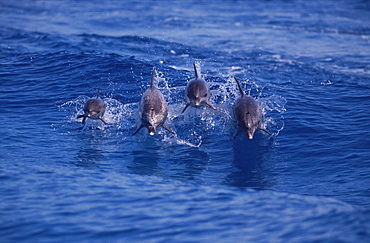
Atlantic spotted dolphins (Stenalla frontalis) surfing - two mothers with their young. Spots only appear after one year of age. Bimini, Bahamas.
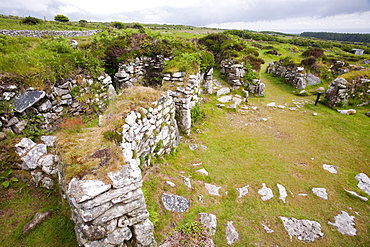
The ancient Chysauster settlement near Penzance in Cornwall, the best preserved iron age settlement in the west country.
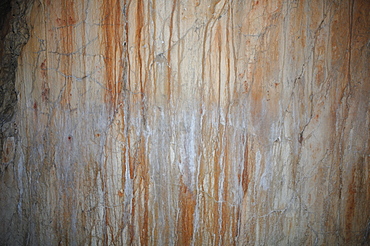
Streaky bacon limestone solution feature, Minchin Hole, Southgate, Gower, West Glamorgan, Wales, UK, Europe
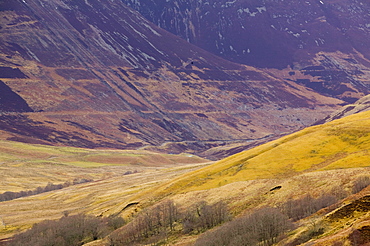
The parallel roads of Glen Roy caused by an ice dammed lake during the last Ice Age that left rings around the glen indicating the lake levels, Scotland, United Kingdom, Europe
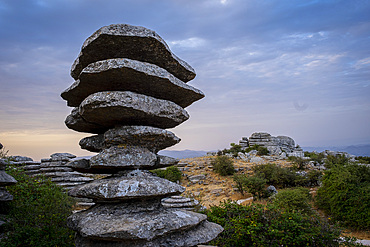
El Tornillo rock formation. El Torcal de Antequera, Sierra del Torcal, Antequera, M�laga, Andalusia, Spain. Karstic rock formations
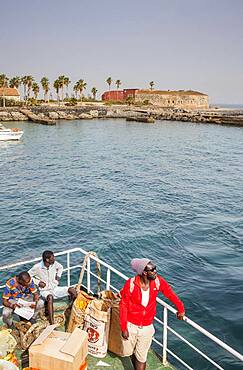
Ferry arriving at Goree Island, in background fort d´Estrees, near Dakar, Senegal, West Africa, Africa

The Slave House, Island of Goree, UNESCO World Heritage Site, near Dakar, Senegal, West Africa, Africa
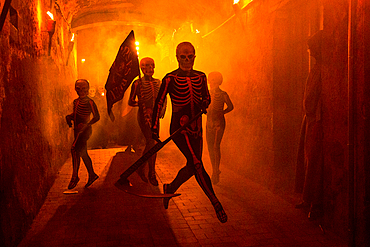
Verges, a small town in the Northeast of Catalonia (Spain), during Easter celebrates the Procession of Verges with skeletons dancing on the sound of a drum, Roman soldiers, known as the 'Manages', and a representation of the life and crucifixion of Jesus Christ. The Procession features the Dance of Death, a tradition from the Middle Age associated with epidemics and plagues and the only one remaining in Spain Ten skeletons dance to the beat of a drum to remember that no one is exempt of death. The backdrop of the medieval walls and towers of Verges is key to this macabre staging.
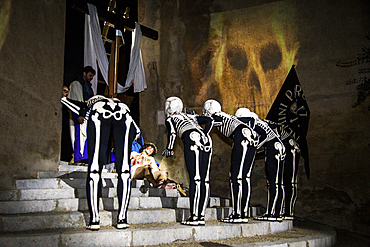
Verges, a small town in the Northeast of Catalonia (Spain), during Easter celebrates the Procession of Verges with skeletons dancing on the sound of a drum, Roman soldiers, known as the 'Manages', and a representation of the life and crucifixion of Jesus Christ. The Procession features the Dance of Death, a tradition from the Middle Age associated with epidemics and plagues and the only one remaining in Spain Ten skeletons dance to the beat of a drum to remember that no one is exempt of death. The backdrop of the medieval walls and towers of Verges is key to this macabre staging.
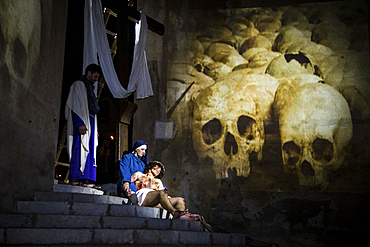
Verges, a small town in the Northeast of Catalonia (Spain), during Easter celebrates the Procession of Verges with skeletons dancing on the sound of a drum, Roman soldiers, known as the 'Manages', and a representation of the life and crucifixion of Jesus Christ. The Procession features the Dance of Death, a tradition from the Middle Age associated with epidemics and plagues and the only one remaining in Spain Ten skeletons dance to the beat of a drum to remember that no one is exempt of death. The backdrop of the medieval walls and towers of Verges is key to this macabre staging.
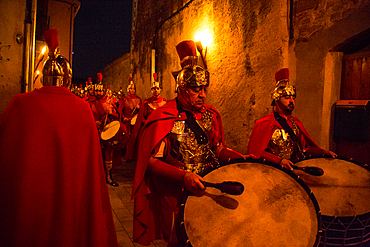
Verges, a small town in the Northeast of Catalonia (Spain), during Easter celebrates the Procession of Verges with skeletons dancing on the sound of a drum, Roman soldiers, known as the 'Manages', and a representation of the life and crucifixion of Jesus Christ. The Procession features the Dance of Death, a tradition from the Middle Age associated with epidemics and plagues and the only one remaining in Spain Ten skeletons dance to the beat of a drum to remember that no one is exempt of death. The backdrop of the medieval walls and towers of Verges is key to this macabre staging.
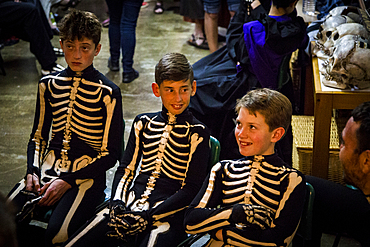
Verges, a small town in the Northeast of Catalonia (Spain), during Easter celebrates the Procession of Verges with skeletons dancing on the sound of a drum, Roman soldiers, known as the 'Manages', and a representation of the life and crucifixion of Jesus Christ. The Procession features the Dance of Death, a tradition from the Middle Age associated with epidemics and plagues and the only one remaining in Spain Ten skeletons dance to the beat of a drum to remember that no one is exempt of death. The backdrop of the medieval walls and towers of Verges is key to this macabre staging.
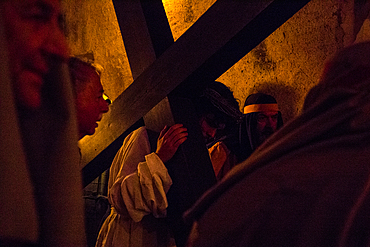
Verges, a small town in the Northeast of Catalonia (Spain), during Easter celebrates the Procession of Verges with skeletons dancing on the sound of a drum, Roman soldiers, known as the 'Manages', and a representation of the life and crucifixion of Jesus Christ. The Procession features the Dance of Death, a tradition from the Middle Age associated with epidemics and plagues and the only one remaining in Spain Ten skeletons dance to the beat of a drum to remember that no one is exempt of death. The backdrop of the medieval walls and towers of Verges is key to this macabre staging.
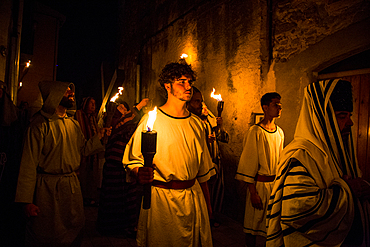
Verges, a small town in the Northeast of Catalonia (Spain), during Easter celebrates the Procession of Verges with skeletons dancing on the sound of a drum, Roman soldiers, known as the 'Manages', and a representation of the life and crucifixion of Jesus Christ. The Procession features the Dance of Death, a tradition from the Middle Age associated with epidemics and plagues and the only one remaining in Spain Ten skeletons dance to the beat of a drum to remember that no one is exempt of death. The backdrop of the medieval walls and towers of Verges is key to this macabre staging.
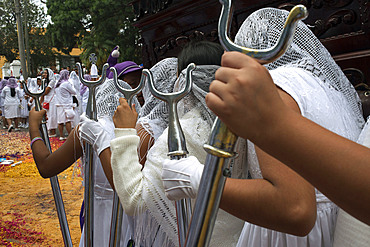
Holy Week processions in Guatemala city. Holy Thursday. Holy Week in Guatemala is celebrated with street expressions of faith, called processions, usually organized by a "hermandades". Each procession of Holy Week has processional floats and steps, which are often religious images of the Passion of Christ, or Marian images, although there are exceptions, like the allegorical steps of saints.
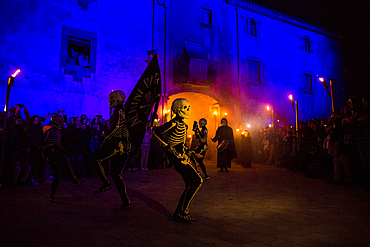
Verges, a small town in the Northeast of Catalonia (Spain), during Easter celebrates the Procession of Verges with skeletons dancing on the sound of a drum, Roman soldiers, known as the 'Manages', and a representation of the life and crucifixion of Jesus Christ. The Procession features the Dance of Death, a tradition from the Middle Age associated with epidemics and plagues and the only one remaining in Spain Ten skeletons dance to the beat of a drum to remember that no one is exempt of death. The backdrop of the medieval walls and towers of Verges is key to this macabre staging.
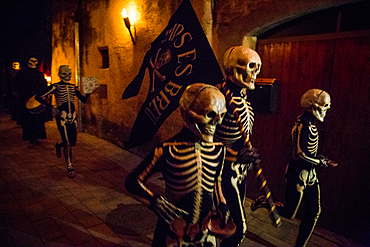
Verges, a small town in the Northeast of Catalonia (Spain), during Easter celebrates the Procession of Verges with skeletons dancing on the sound of a drum, Roman soldiers, known as the 'Manages', and a representation of the life and crucifixion of Jesus Christ. The Procession features the Dance of Death, a tradition from the Middle Age associated with epidemics and plagues and the only one remaining in Spain Ten skeletons dance to the beat of a drum to remember that no one is exempt of death. The backdrop of the medieval walls and towers of Verges is key to this macabre staging.
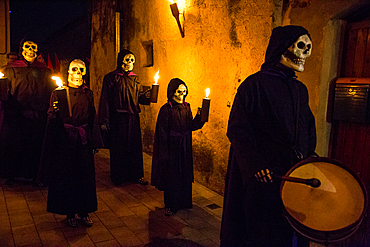
Verges, a small town in the Northeast of Catalonia (Spain), during Easter celebrates the Procession of Verges with skeletons dancing on the sound of a drum, Roman soldiers, known as the 'Manages', and a representation of the life and crucifixion of Jesus Christ. The Procession features the Dance of Death, a tradition from the Middle Age associated with epidemics and plagues and the only one remaining in Spain Ten skeletons dance to the beat of a drum to remember that no one is exempt of death. The backdrop of the medieval walls and towers of Verges is key to this macabre staging.
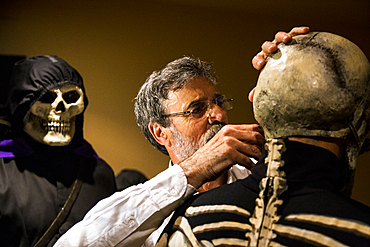
Verges, a small town in the Northeast of Catalonia (Spain), during Easter celebrates the Procession of Verges with skeletons dancing on the sound of a drum, Roman soldiers, known as the 'Manages', and a representation of the life and crucifixion of Jesus Christ. The Procession features the Dance of Death, a tradition from the Middle Age associated with epidemics and plagues and the only one remaining in Spain Ten skeletons dance to the beat of a drum to remember that no one is exempt of death. The backdrop of the medieval walls and towers of Verges is key to this macabre staging.
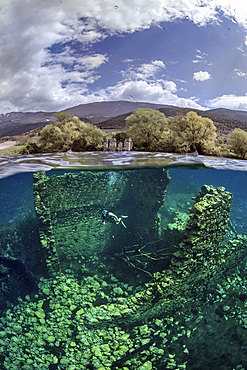
A split shot of diver taken from Capodacqua lake, in Abruzzo (Italy). Half dome is in the water depicting the submerged ruins of the middle-age mills, the other half is above water surface, showing the ancient paint factory located on the shore of the lake and, further away, the scenery of the mountains of the Tirino Valley.
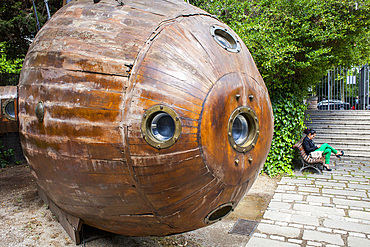
Replica of the first Ictineo submarine, in Maritime Museum, Royal shipyards, Drassanes, Catalonia, Spain
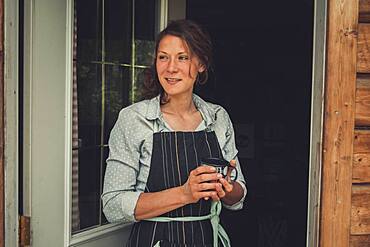
Thirty year old attractive brunette woman standing in the doorframe with a cup of coffee in her hands. Yukon Territory, Canada
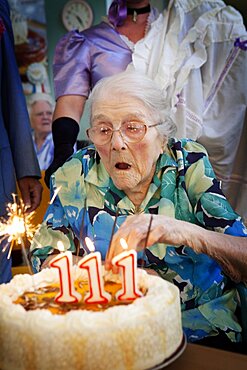
Odette Ambulher was born on the 17th September 1901. She is celebrating her 111th birthday in the retirement home in Laigne-en-Belin, Sarthe in France. Odette Ambulher has 5 children ranging from 77 to 89 years of age.
